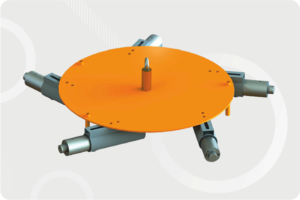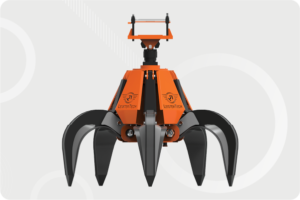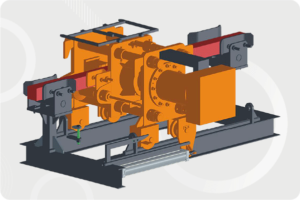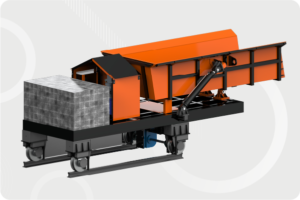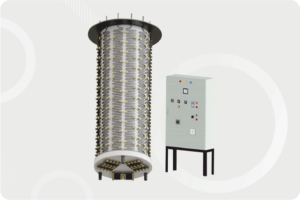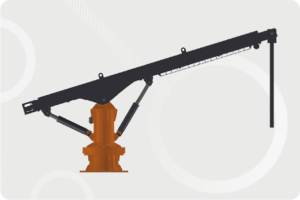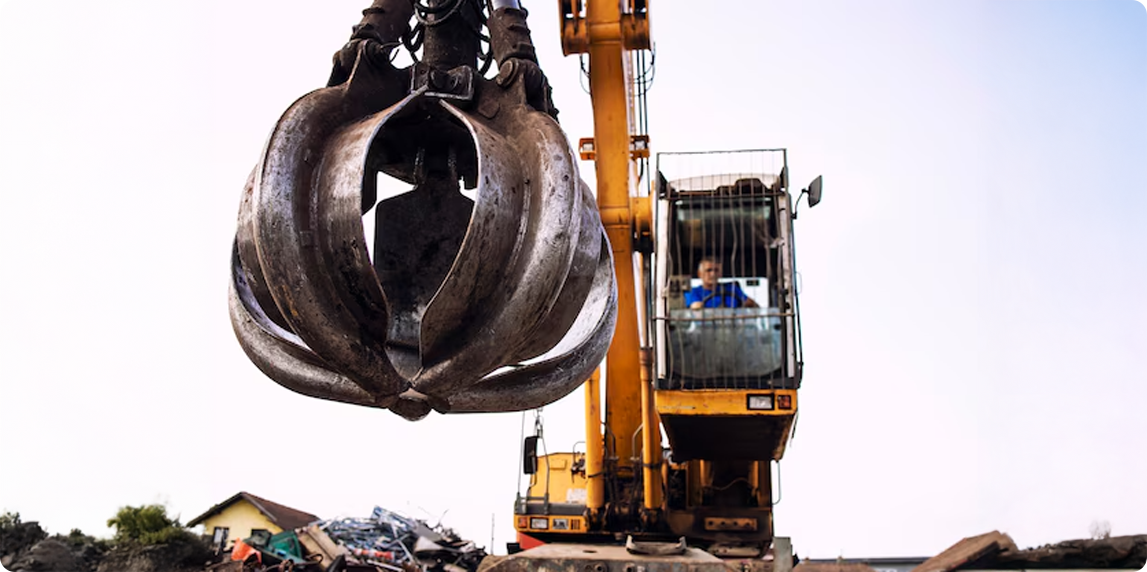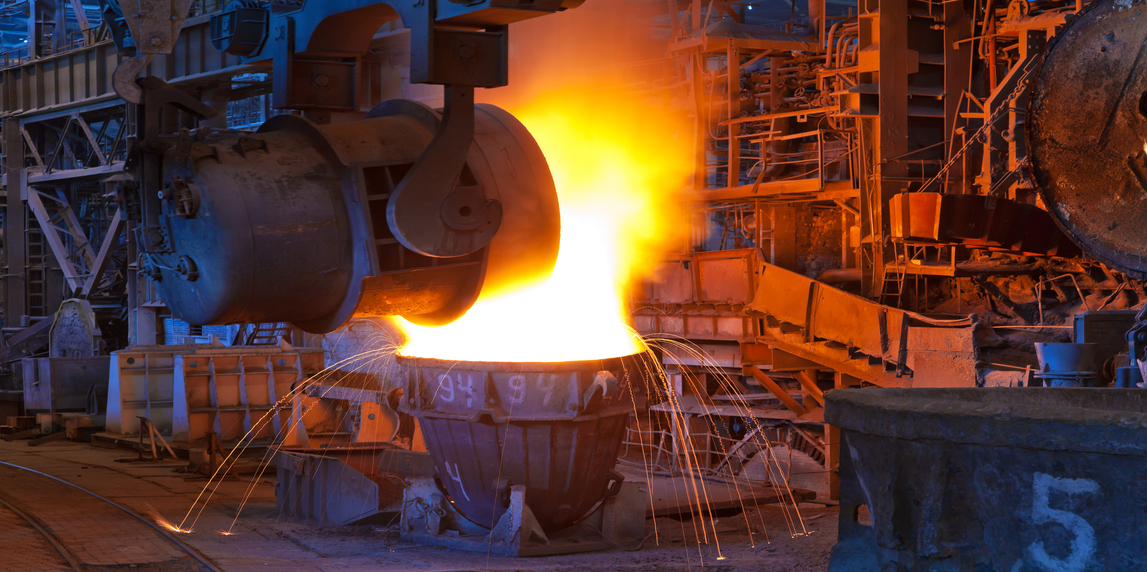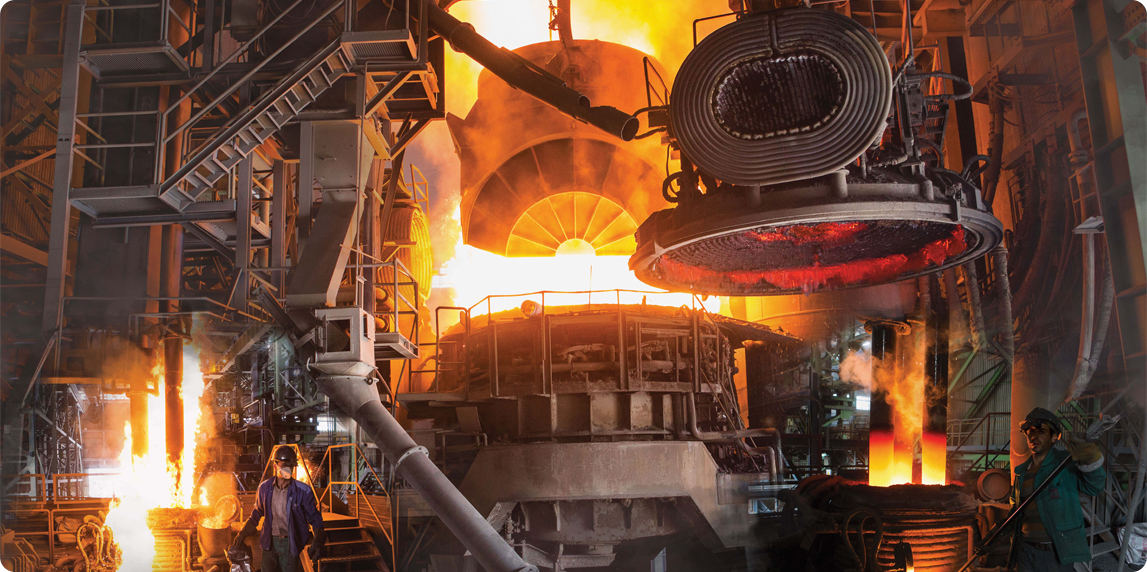
The industrial sector is undergoing a digital transformation, with big data at the forefront. Heavy industries like steel production, foundries, and material handling benefit significantly from data-driven insights, enhancing productivity, reducing downtime, and streamlining processes. LeisterTech leverages big data technologies in its equipment to enable real-time monitoring, predictive analytics, and process optimization, offering unparalleled advantages in operational efficiency.
What is Big Data in Heavy Industry?
Big data in heavy industries refers to the collection, storage, and analysis of vast volumes of data generated by machinery, sensors, and production processes. Its application enables industries to make informed decisions, optimize workflows, and predict future trends.
Key components include:
IoT-Enabled Data Collection
Advanced Analytics
Cloud Platforms
How LeisterTech Utilizes Big Data

- Real-Time Monitoring
- IoT Sensors: Embedded in LeisterTech’s hydraulic pushers, lifting magnets, and shearing machines, these sensors collect data on operational parameters like force, temperature, and performance.
- Centralized Dashboards: Display real-time data to operators, enabling immediate identification of anomalies and adjustments.
- Predictive Maintenance
- By analyzing patterns in machine performance, LeisterTech’s systems predict maintenance needs before failures occur, reducing downtime and costs.
- For example, vibration sensors in lining vibrators can detect wear and alert technicians before critical failures arise.
- Process Optimization
- Data from LeisterTech’s scrap transfer systems is used to optimize scrap material movement, ensuring smoother workflows.
- Hot billet shearing machines leverage data to adjust blade speed and angle for consistent cutting efficiency, minimizing waste.
- Quality Control
- Data analytics identifies inconsistencies in production processes, ensuring higher quality outputs.
- Vision systems integrated with big data platforms enable defect detection during casting and billet production.
Advantages of Big Data in Heavy Industries
LeisterTech integrates these technologies into their advanced industrial machinery, demonstrating their commitment to Industry 4.0. Examples include:
Increased Productivity
Enhanced Decision-Making
Reduced Costs
Challenges and Solutions

Data Overload
Challenge: Heavy industries generate vast amounts of data, which can be overwhelming. Solution: LeisterTech’s advanced analytics tools filter relevant data and prioritize actionable insights.
Integration Complexity
Challenge: Combining legacy systems with modern data platforms can be complex. Solution: LeisterTech’s modular IoT systems ensure compatibility and seamless integration.
Cybersecurity Risks
Challenge: The increased connectivity of IoT devices introduces vulnerabilities. Solution: LeisterTech incorporates robust encryption and secure cloud infrastructure to protect data.
Future Applications of Big Data in Heavy Industry

Digital Twins
Virtual models of machinery and processes simulate performance, providing insights for optimization and predictive maintenance.
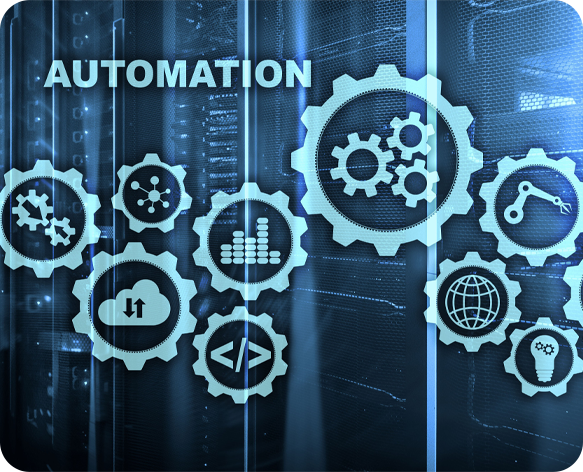
AI-Enhanced Automation
Machine learning algorithms will further refine process optimization, adapting in real-time to changing conditions.

Sustainability Analytics
Big data will play a critical role in tracking energy usage, waste, and emissions, helping industries meet environmental targets.
Big data is transforming heavy industries by enabling smarter, more efficient, and safer operations. LeisterTech’s integration of IoT, predictive analytics, and real-time monitoring into its equipment ensures that its clients stay ahead in this data-driven era. With big data at the core of its solutions, LeisterTech is driving the next wave of industrial innovation.
lpipl
lpiplYou Might Also Like
- lpipl
- 0 Comments
- lpipl
- 0 Comments
- lpipl
- 0 Comments


